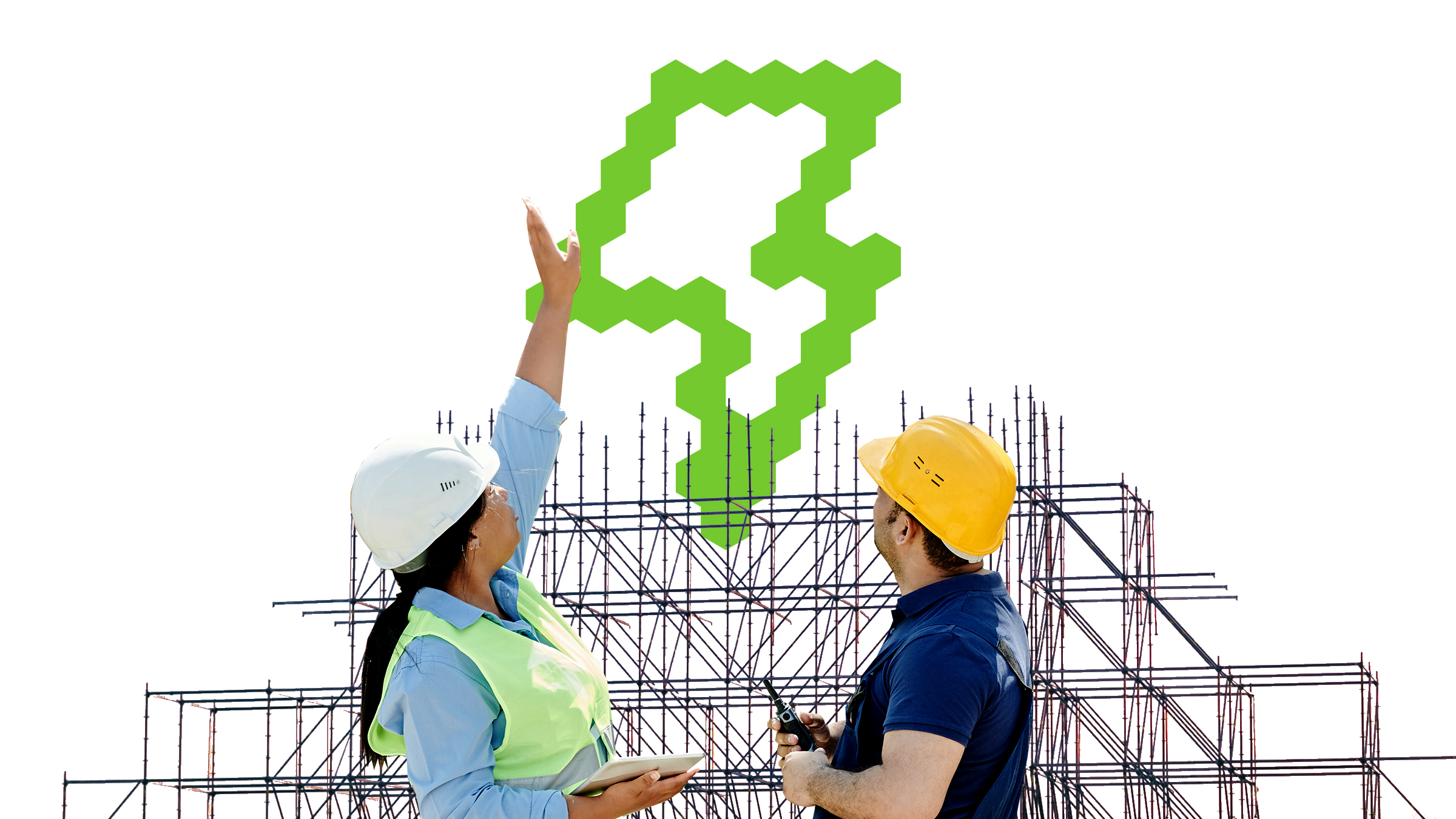Sitra is funding a collaborative project to use data to find solutions for boosting energy efficiency in the residential real estate and construction sector. The joint Sitra and Rakennustietosäätiö project City 3.0 (City 3.0) began in January and will run until May 2023.
The acute energy crisis has prompted different sectors to pursue solutions to save energy and increase energy efficiency. The amount of energy required by the residential real estate and construction sector and the energy used in buildings play a major role in Finland’s overall energy consumption. Consumers and property owners can save money by improving the energy efficiency of buildings.
Data can be used to improve the energy optimisation of buildings. Energy optimisation is the process of finding solutions that affect energy consumption and matching them to achieve the best possible combination.
The new project is studying how energy systems in and around buildings are interconnected and what kind of data infrastructure and ground rules will be needed to effectively share data between buildings and companies, and between sectors. The benefits of data increase when organisations share and use data together.
“With the more efficient shared use of data, we can respond to the major change-related challenges facing our societies. Improving energy optimisation through data is a good example of this,” says Taru Rastas, Leading Specialist at Sitra.
Sitra is steering the project and helping to build co-operation between the parties involved in the project.
The project is part of the Sitra-guided national roadmap for the data economy, which provides insights into issues such as the development of data-driven business models and the use of data to develop society and the economy. The roadmap work has identified data infrastructures as a key area where changes must be made to strengthen Finland’s competitiveness and find new sources of growth.
Developing solutions for an example building
Technologies such as artificial intelligence, data analytics and virtual realities could already be harnessed to better coordinate energy-optimised solutions for properties and residential areas.
The City 3.0 project is developing data-based energy optimisation for an example building. This could mean, for instance, finding out whether the building could use another building’s surplus electrical energy from solar collectors. Or could the batteries of electric vehicles be charged using excess energy at a low cost, or, conversely, store energy for use during peak hours?
The project aims to pilot digital modelling combining different data sources, which will help to concretise data needs concrete and identify areas of application for energy optimisation.
Utilising data from building service technology, energy networks and electric vehicle charging system
Not all existing data repositories are fully known yet, and the project aims to explore them in more detail. These may include building register data (such as energy and building manager certificates), planning and modelling data for sites and buildings, building service technology data concerning heat, water, air or lighting control, or data from electric vehicle charging systems.
Real-time data on energy market prices and their forecast can also be used.
“Energy optimisation is putting increasing pressure on the interoperability of different systems in the built environment, making the flow and interoperability of data key areas for collaboration. For energy optimisation to be successful, building service technology, energy production systems and electric vehicle charging must be able to be connected into an interoperable system within a building. Going forward, the interoperability of systems will also expand to the block and city level,” explains Tommi Arola, Research Director in charge of the project at Rakennustietosäätiö.
At the same time, the project is creating the basis for a sharing data network, the data ecosystem, where data can be shared between buildings, companies and different parties in the urban environment. The pilot project aims to collate lessons about the potential of collaborative networks and data sharing in the property and energy sectors. It is also identifying the business benefits of networked working and opportunities for reforming business and the skills needed to utilise data.
“The City 3.0 project will accelerate the digital and green transition in Finland and the development of shared data infrastructures,” says Taru Rastas.
Sitra is building a fairer data economy by bringing different parties together to identify opportunities in the future data-driven economy.

